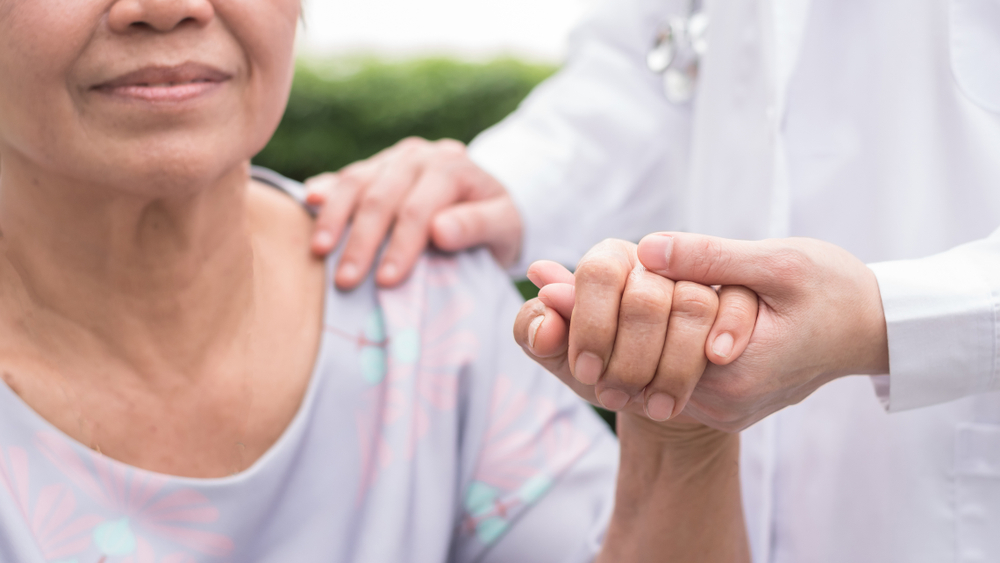Palliative care is a type of medical treatment that focuses on relieving pain and other symptoms of a severe illness, regardless of the diagnosis or stage of the disease. Moreover, palliative care teams work to change patients’ and their families’ quality of life. This type of treatment is provided in addition to any treatments you may be getting.
Furthermore, a team of nurses, other skilled people, and doctors provide palliative care. They work to give you assistance, which complements your current medical care.
Why Is It Done?
People of any age who are suffering from a serious or life-threatening illness may be eligible for palliative treatment. It can help people who are suffering from ailments, such as:
- Heart disease
- Dementia
- Kidney failure
- Cancer
- Cystic fibrosis
- Stem cell transplantation for bone marrow and blood disorders
- Liver disease
- Lung disease
- Stroke
- Parkinson’s disease
Moreover, the following are symptoms that palliative care may improve:
- Nervousness or anxiety
- Pain
- Constipation
- Vomiting or nausea
- Sadness or depression
- Anorexia
- Trouble sleeping
- Fatigue
- Difficulties in breathing
How Do You Prepare?
The following will assist you in preparing for your first consultation:
- Bring a note of your medications and supplements.
- For the appointment, bring your friends or family with you.
- List down your symptoms beforehand. You should note what causes the symptoms to improve or worsen, as well as whether they interfere with your ability to go about your daily activities.
- Bring any living wills or advance directives you’ve completed.
What Can You Expect?
Palliative care is a type of treatment that can be given at any point during an illness. Moreover, it assists you in managing symptoms and addressing the issues that are most important to you.
Palliative care services can help patients suffering from serious illnesses improve their quality of life. Some patients may even live longer if they use palliative care services. Furthermore, you should think about palliative care if you have any questions about:
- Making decisions in line with your personal values and goals
- What programs and resources are available to support you throughout your illness
- What to expect with your care plan and how to tailor it to what matters most to you
- Your treatment options and their pros and cons


